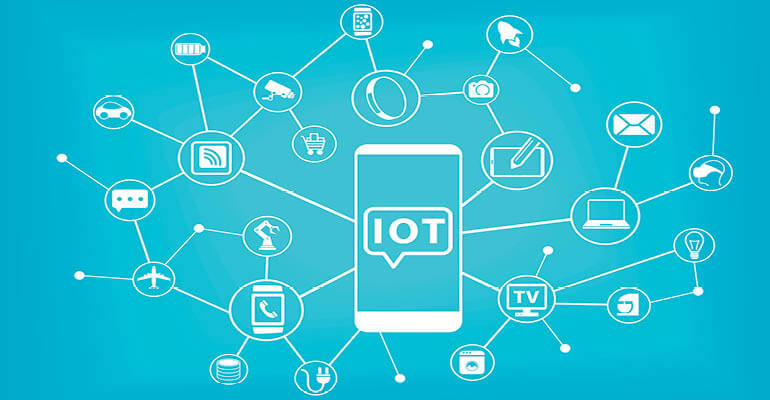5 Emerging Trends in the Recycling Industry
Consumers are constantly encouraged to recycle. However, many people have no idea what happens to their recyclables after disposing of them in a recycling bin. They never question themselves on this topic either, which is unfortunate. Getting educated about what is going on in the recycling industry might make them want to learn more. Perhaps you will get involved and try to improve the current processes.
For most people, recycling consists of throwing away items into the right recycle containers. However, the actual process is more sophisticated. Some materials are a lot more difficult to recycle than others. For example, many consider that recycling plastic is more costly than producing new plastic.
Even if the recycling industry is not perfect, it is constantly working on transforming and improving itself. Let’s learn more about five recent recycling industry trends:
1. Recycling markets are shifting
At the end of 2017, China announced a waste import ban, meaning that it would stop importing different types of recyclable waste, including plastic waste. Previously to this import ban, China had been the largest importer of waste plastics in the world, so you can imagine how their announcement has disturbed the recycling industry.
As a result, recycling markets and prices of recyclable materials have been shifting in the last few years. All of the waste that used to be shipped to China now has to be managed someplace else. Other countries that have decided to manage their own recyclable waste or import it from other locations must improve their recycling technology to become more efficient. They also have to figure out a way to limit their negative impacts on the environment.
2. Prices for recovered paper and cardboard should keep rising
After China’s import ban, prices for recovered paper have been staying the same for some time. Prices are now starting to rise, and are expected to keep rising as paper mills around the world are demanding more recovered paper.
The demand is also increasing for corrugated cardboard, in domestic markets as well as in India and some Latin American and Asian countries, which still import recyclable materials. Experts were anticipating China’s import ban to have more long-term impacts on the recovered paper markets. They are now optimistic about the future.
3. Packaging that is easier to recycle is being developed
One of the many impacts of the coronavirus pandemic is that more people than ever are now shopping online, and choosing delivery or takeout instead of eating out. As a result, countless amount of cardboard boxes, plastic mailers, and styrofoam or aluminum plates have been produced, used, and discarded or recycled.
To reduce their environmental impact, businesses keep working on reducing the amount of packaging they use and developing efficient packaging that will be a lot easier to recycle. In turn, as waste will progressively become easier to recycle, the recycling industry should also become more efficient.
4. Reusable packaging could replace recyclable packaging
The concept of circular economy is a trend that should keep shaping our world in the upcoming years. But what is circular economy? It’s a closed system in which products are used, reused, or recycled, and no waste is generated.
Different brands are now considering designing and manufacturing reusable packaging that could replace recyclable or disposable packaging. Most of the world’s economy is linear, which means many items end up in a landfill. Switching to an entirely circular world economy seems unlikely. Still, more reusable packaging in circulation would allow recycling facilities around the world to be less overwhelmed with waste.
5. AI and machine learning will help sort recyclable waste
One of the most challenging parts of recycling is sorting the waste. Paper, cardboard, glass, plastic, and metal obviously can’t get recycled all together. They have to be sorted first. Fortunately, different technologies could make sorting recyclable waste much easier and safer.
For example, systems powered by artificial intelligence and machine learning can be trained to recognize different types of materials and separate them from one another. This process ensures that raw materials will not be contaminated, and that the products made from these materials will be of a higher quality. Plus, unlike human workers, robotics don’t need to take breaks and can’t get injured, so their work helps optimize the recycling process.
Even though robotic systems might take over certain segments of the recycling industry, they are not going to replace human workers entirely. But as there is a labour shortage in the recycling industry, more efforts are expected to be developed to attract new employees, train them, and retain them.




